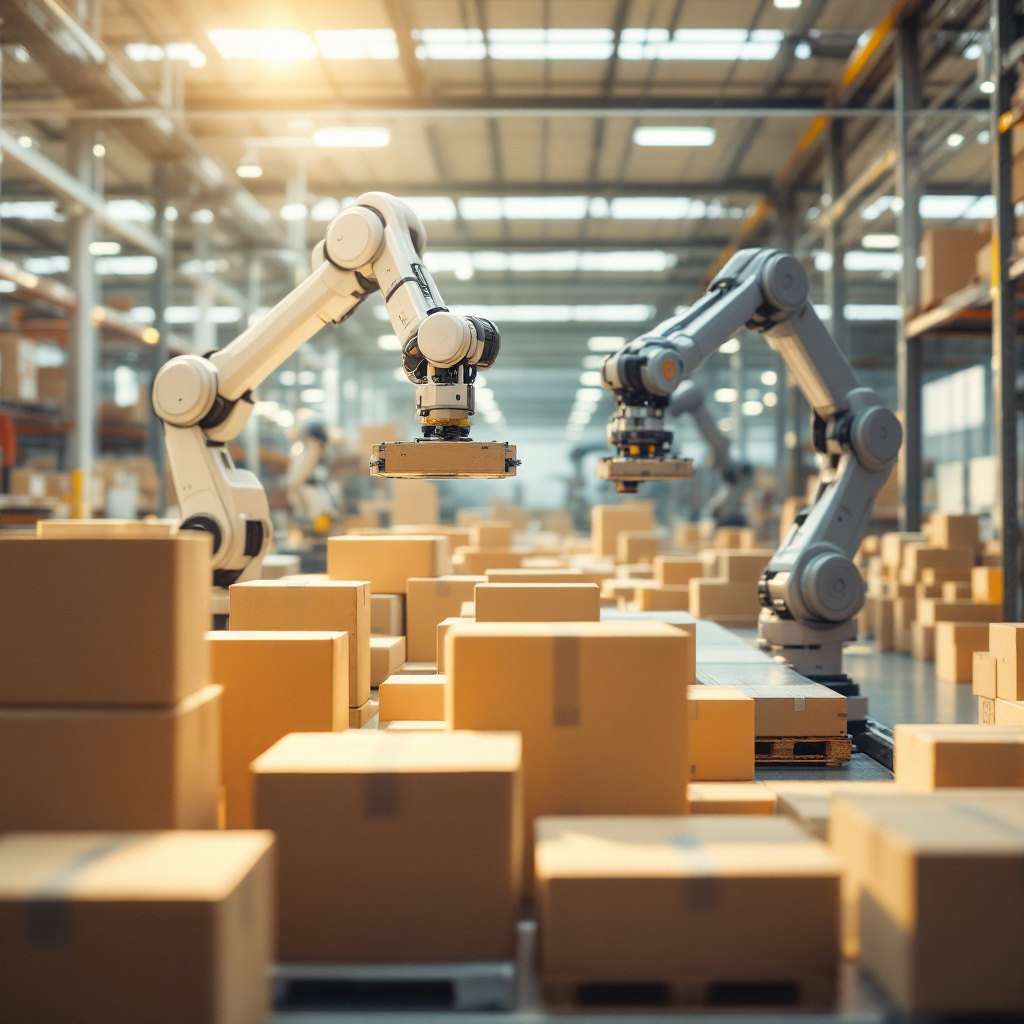Packaging has always played a critical role in logistics, ensuring the safe transportation and storage of goods. However, in recent years, packaging trends have shifted significantly due to changing consumer demands, sustainability initiatives, and advancements in technology. These changes are reshaping how businesses approach logistics, impacting efficiency, costs, and environmental responsibility. This article explores the latest trends in packaging and how they influence the logistics landscape.
Key Trends in Packaging
1. Sustainable Packaging
Sustainability has become a priority for both consumers and businesses. The demand for eco-friendly materials, such as biodegradable plastics, recycled paper, and reusable containers, is growing rapidly. Companies are adopting sustainable packaging to:
- Reduce waste and carbon footprints.
- Meet regulatory requirements on environmental impact.
- Appeal to environmentally conscious consumers.
Impact on Logistics:
- Reduced Waste: Lighter and recyclable materials lower disposal costs.
- Complexity: Transitioning to sustainable options may require redesigning supply chains and training staff.
2. Smart Packaging
Advancements in technology have led to the rise of smart packaging, which integrates features like QR codes, RFID tags, and temperature sensors. These innovations provide real-time data on the condition and location of shipments.
Impact on Logistics:
- Enhanced Visibility: Real-time tracking ensures better inventory management and reduces losses.
- Improved Efficiency: Data insights help optimize routes and storage conditions.
3. Lightweight Packaging
To reduce transportation costs, companies are increasingly using lightweight materials. For example, thinner plastics and compressed packaging designs minimize weight without compromising durability.
Impact on Logistics:
- Lower Shipping Costs: Reduced weight leads to fuel savings and lower transportation fees.
- Increased Capacity: Lightweight materials allow carriers to transport more goods in a single shipment.
4. Customizable and Modular Packaging
Custom packaging designs tailored to specific products or industries are becoming more popular. Modular packaging, which uses standardized components, ensures flexibility and efficiency.
Impact on Logistics:
- Optimized Storage: Custom and modular designs maximize warehouse space.
- Faster Handling: Tailored packaging reduces the time spent on sorting and organizing goods.
5. E-commerce-Driven Packaging
The growth of e-commerce has transformed packaging needs. Durable, easy-to-open, and tamper-proof packaging are now essential for online retailers.
Impact on Logistics:
- Increased Volume: E-commerce requires more individual packages, increasing demand for efficient delivery systems.
- Protective Materials: Stronger packaging is necessary to withstand multiple handling points.
Challenges in Adapting to New Packaging Trends
1. Higher Costs
Sustainable and smart packaging often come with higher initial costs. Businesses must balance these expenses with long-term savings from improved efficiency.
2. Supply Chain Adjustments
Integrating new materials and technologies may require overhauling existing supply chain processes, including sourcing, manufacturing, and distribution.
3. Training and Expertise
Adopting new packaging trends requires workforce training and collaboration with specialized suppliers.
Benefits of Modern Packaging for Logistics
Despite the challenges, embracing packaging trends offers several advantages:
- Improved Efficiency: Lightweight and modular designs streamline transportation and storage.
- Enhanced Customer Experience: Custom and e-commerce-friendly packaging improve customer satisfaction.
- Environmental Responsibility: Sustainable options align with corporate social responsibility goals and build brand loyalty.
- Data-Driven Decisions: Smart packaging provides actionable insights to optimize logistics operations.
Real-World Examples
- Food and Beverage Industry: Many companies now use temperature-sensitive smart packaging to ensure product quality during transit. For example, QR codes enable consumers to trace the origin of their products.
- E-commerce Giants: Online retailers have adopted compact, eco-friendly packaging to reduce shipping costs and improve sustainability metrics.
Future Outlook
The future of packaging will be defined by continuous innovation. Emerging technologies like AI and IoT will further enhance smart packaging capabilities. Meanwhile, stricter environmental regulations will drive widespread adoption of sustainable materials. Companies that adapt to these trends will gain a competitive edge in the logistics sector.
Conclusion
Packaging trends are reshaping the logistics industry, creating both challenges and opportunities for businesses. By adopting sustainable, smart, and efficient packaging solutions, companies can reduce costs, enhance customer satisfaction, and meet their environmental goals. As packaging continues to evolve, staying ahead of these trends will be essential for maintaining a competitive position in the global market.


